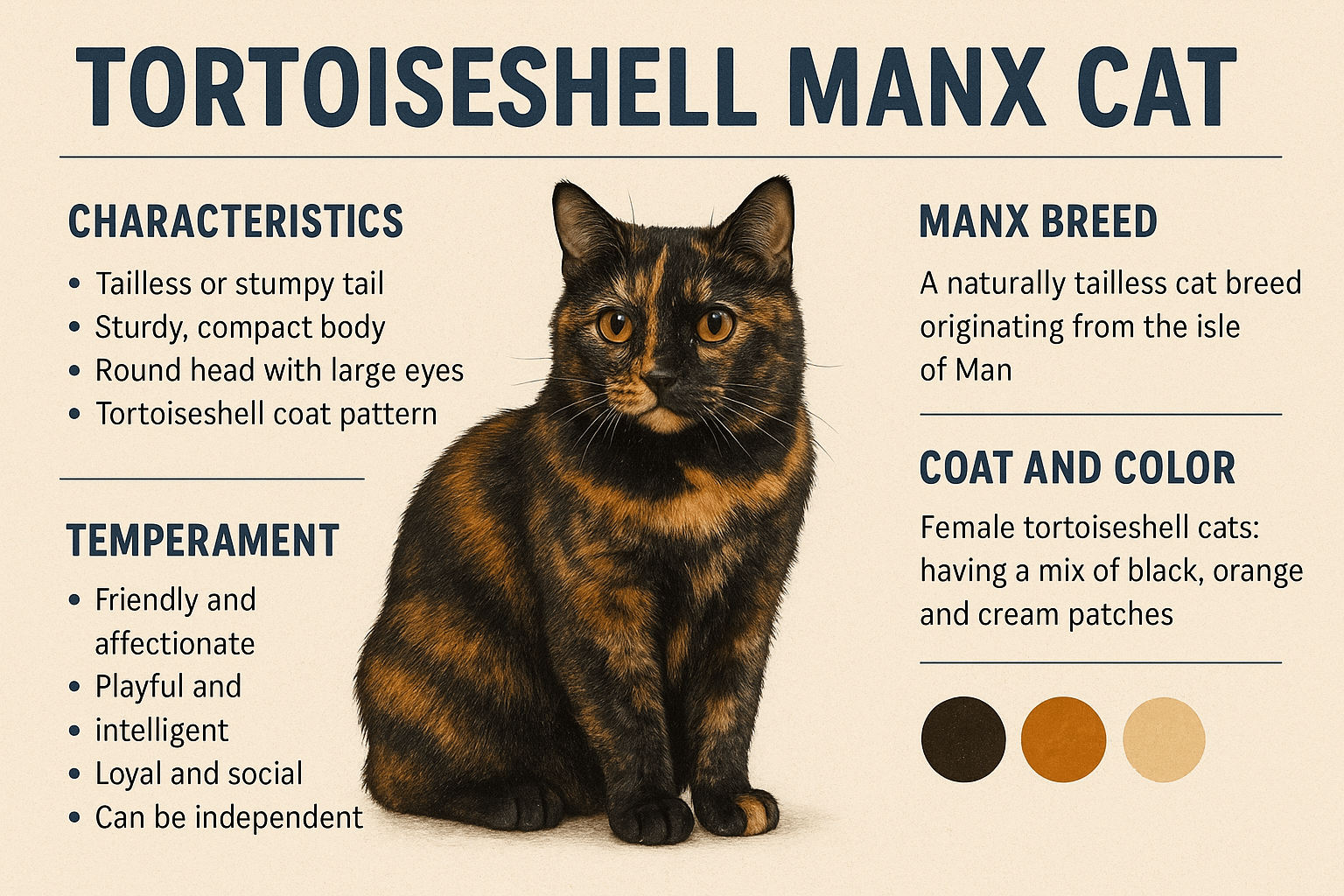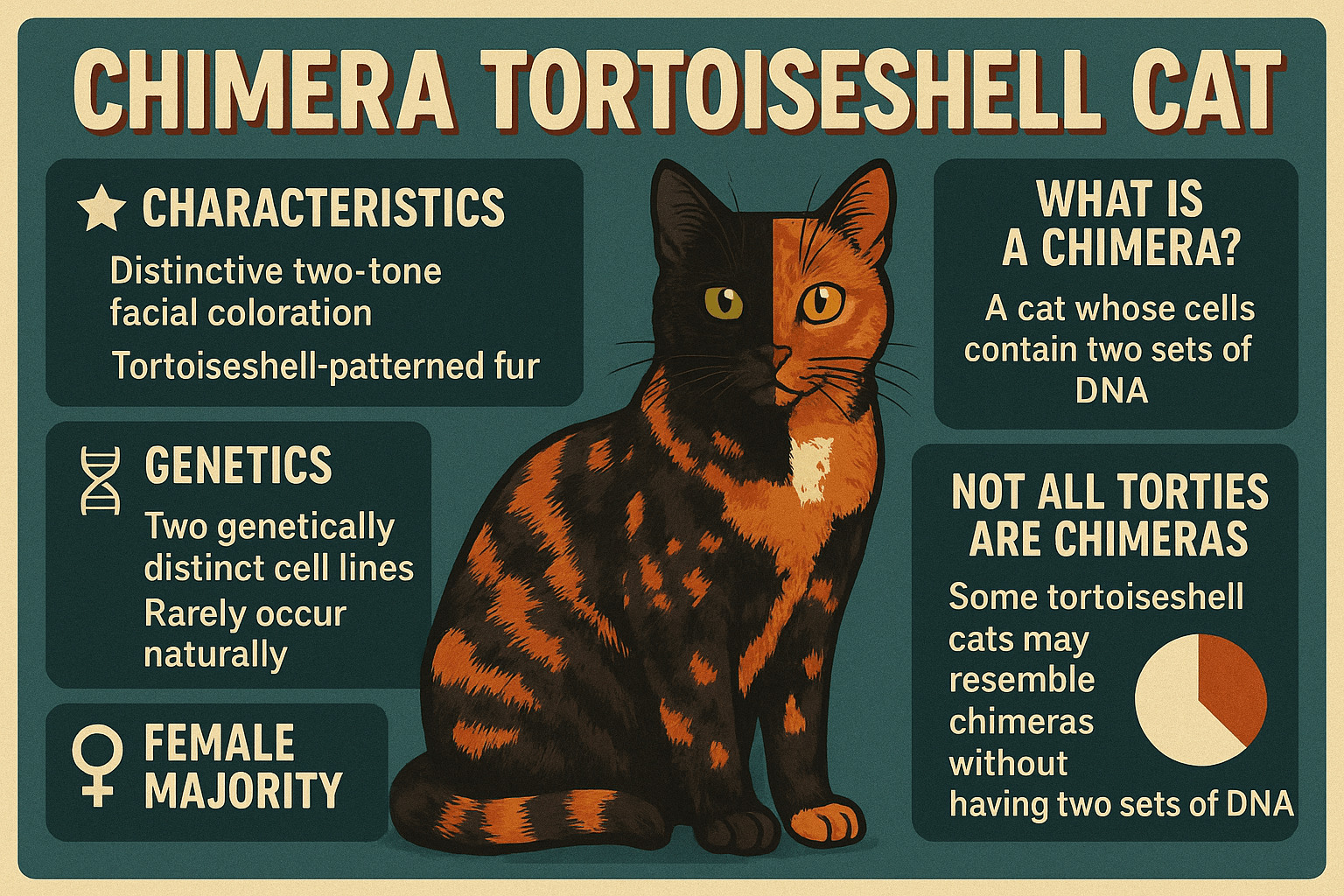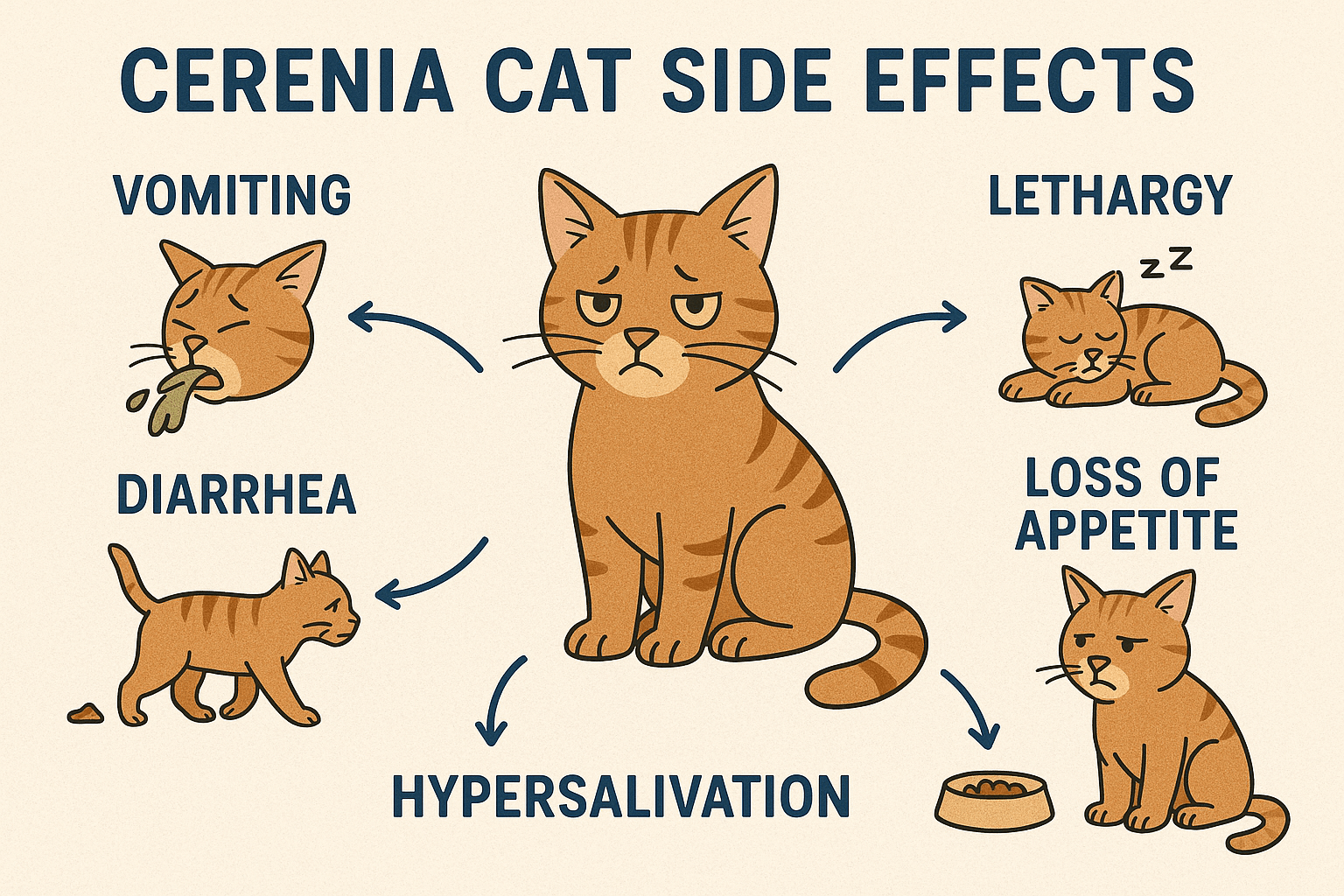Why Are Cats So Warm?
If you’ve ever cuddled up with a cat, you’ve likely noticed how warm they feel against your skin. Unlike humans, whose average body temperature hovers around 98.6°F (37°C), cats naturally run warmer, with an average temperature of 101-102.5°F (38-39°C). But why are cats so warm? This intriguing characteristic is not just a quirk of feline biology—it’s a result of their unique physiology, metabolism, and evolutionary adaptations. In this blog post, we’ll explore the science behind your cat’s cozy warmth, uncovering fascinating facts about their body temperature and what it means for their health and comfort.
The Science Behind a Cat’s Warmth
Cats’ higher body temperatures are a product of their biology and lifestyle. Understanding these factors helps explain why they feel so warm to the touch.
High Metabolic Rate:
Cats have a fast metabolism, which generates more heat as their bodies convert food into energy. This keeps their internal temperature elevated.Efficient Insulation:
A cat’s fur acts as an insulating layer, trapping heat close to their body and making them feel even warmer when you touch them.Small Body Size:
Smaller animals, like cats, tend to lose heat more quickly than larger ones. To compensate, their bodies maintain a higher baseline temperature.Evolutionary Adaptations:
As descendants of desert-dwelling ancestors, cats evolved to thrive in hot environments, where retaining body heat was crucial for survival.Active Lifestyles:
Cats are natural hunters, relying on bursts of energy to chase prey. This activity generates additional body heat, contributing to their warmth.
These biological traits work together to keep cats warm, ensuring they remain comfortable in various environments.

How Cats Regulate Their Body Temperature
Despite their naturally warm bodies, cats have developed remarkable ways to regulate their temperature and stay cool when needed. These mechanisms highlight their adaptability and resilience.
Panting:
While less common than in dogs, cats may pant to release excess heat during extreme temperatures or after intense physical activity.Grooming:
Cats groom themselves frequently, spreading saliva across their fur. As the saliva evaporates, it cools their skin, much like sweating in humans.Seeking Shade:
On hot days, cats instinctively seek out shaded or cool areas to rest, avoiding direct sunlight that could overheat their bodies.Stretching Out:
When trying to cool down, cats often sprawl out on cool surfaces, maximizing contact with the ground to dissipate heat.Reduced Activity:
During warmer periods, cats may become less active, conserving energy and minimizing heat production.
These strategies demonstrate how cats balance their warmth with the need to regulate their body temperature effectively.
Check this guide 👉Can Cats Eat Warm Food? Best 7 Expert Tips!
Check this guide 👉How to Keep Outdoor Cats Warm in Winter: Best 7 Tips!
Check this guide 👉How Do Cats Cool Down? Best 7 Expert Tips!
Reasons Cats Feel So Warm | Ways Cats Stay Cool |
|---|---|
High metabolic rate | Panting to release excess heat |
Insulating fur | Grooming to promote evaporative cooling |
Small body size | Seeking shade during hot weather |
Desert ancestry | Stretching out on cool surfaces |
Active hunting behavior | Reducing activity in warm conditions |
Health Implications of a Cat’s Warmth
A cat’s warm body temperature is generally a sign of good health, but it can also indicate potential issues if it deviates from the norm. Understanding these implications ensures you can monitor your cat’s well-being effectively.
Normal Temperature Range:
A healthy cat’s temperature typically falls between 101-102.5°F (38-39°C). Anything outside this range warrants attention.Signs of Fever:
If your cat’s temperature exceeds 103°F (39.4°C), it may indicate an infection or illness requiring veterinary care.Hypothermia Risks:
Temperatures below 100°F (37.8°C) can signal hypothermia, especially in cold environments or during prolonged exposure.Behavioral Changes:
Cats with abnormal temperatures may exhibit lethargy, loss of appetite, or unusual aggression, signaling discomfort.Regular Monitoring:
Checking your cat’s temperature occasionally helps you detect potential health problems early and seek timely treatment.
By staying vigilant, you can ensure your cat’s warmth remains a sign of vitality rather than a cause for concern.
How to Keep Your Cat Comfortable Year-Round
Whether it’s summer heat or winter chills, there are steps you can take to help your cat maintain a comfortable body temperature throughout the year.
Provide Cool Spots in Summer:
Offer access to tiled floors, fans, or air-conditioned spaces to help your cat beat the heat during warmer months.Use Heating Pads in Winter:
For colder climates, provide soft blankets or low-heat pet-safe heating pads to keep your cat cozy without overheating.Ensure Proper Hydration:
Encourage your cat to drink water regularly, especially in hot weather, to prevent dehydration and overheating.Monitor Outdoor Exposure:
Limit time spent outdoors during extreme temperatures to protect your cat from heatstroke or frostbite.Maintain a Balanced Diet:
Feeding your cat a nutritious diet supports their metabolism and overall health, helping them regulate their temperature naturally.
These simple measures ensure your cat stays comfortable and healthy regardless of the season.
Fun Facts About Cats and Their Warmth
Cats’ warmth has inspired countless observations and curiosities over the years. Here are some fun facts that shed light on this fascinating trait.
Cats Are Natural Heaters:
Their body temperature makes them excellent “lap warmers” during chilly nights.Warmth Signals Trust:
When a cat seeks out your warmth by sitting on you, it’s a sign of affection and trust.Kittens Rely on Warmth:
Newborn kittens can’t regulate their own body temperature and depend on their mother’s warmth to survive.Warmth Enhances Healing:
The gentle heat from a cat’s body can soothe sore muscles and joints, making them therapeutic companions.Warmth and Sleep Cycles:
Cats love warm spots because they mimic the cozy nests they’d create in the wild for sleeping.
These facts highlight the charm and practicality of a cat’s warmth in everyday life.
How to Spot Abnormal Warmth in Cats
While warmth is normal, excessive heat can indicate underlying issues. Recognizing the signs of abnormal warmth helps you act quickly to protect your cat’s health.
Excessive Panting:
If your cat pants heavily without physical exertion, it could be a sign of overheating.Red or Warm Ears:
Hot ears might suggest a fever or infection, requiring further investigation.Lethargy and Weakness:
Unusual tiredness combined with warmth can point to heatstroke or illness.Refusal to Eat or Drink:
Loss of appetite alongside warmth may indicate discomfort or disease.Unusual Aggression:
A normally calm cat becoming irritable might be reacting to discomfort caused by excessive warmth.
Being attentive to these signs ensures you address potential problems promptly.
The Role of Warmth in Feline Behavior
A cat’s warmth influences many aspects of their behavior, shaping how they interact with their environment and their human companions.
Sunbathing Habits:
Cats bask in sunlight to absorb its warmth, boosting their mood and aiding digestion.Cuddling Preferences:
Cats gravitate toward warm, soft surfaces—or their favorite human—for comfort and security.Territorial Behavior:
Warm spots in the home, like sunny windowsills, are highly coveted and defended by cats.Sleeping Positions:
Curling up minimizes heat loss, while stretching out helps cool down—a reflection of their temperature needs.Bonding Through Warmth:
Sharing warmth strengthens social bonds, reinforcing the connection between cats and their owners.
Understanding these behaviors deepens your appreciation for your cat’s warmth and its role in their daily lives.
Frequently Asked Questions About Why Cats Are So Warm
Is it normal for my cat to feel very warm?
Yes, cats naturally have higher body temperatures than humans, so feeling warm is completely normal.
Can I check my cat’s temperature at home?
Yes, using a digital rectal thermometer designed for pets is the most accurate way to measure your cat’s temperature safely.
What should I do if my cat feels too hot?
Move your cat to a cooler area, offer fresh water, and contact your vet if signs of heatstroke appear.
Why does my cat sleep on me when they’re already warm?
Cats seek warmth and closeness as a form of comfort and bonding, even if they’re already warm themselves.
Are certain breeds warmer than others?
Cats seek warmth and closeness as a form of comfort and bonding, even if they’re already warm themselves.
Embracing Your Cat’s Natural Warmth
A cat’s warmth is one of the many endearing qualities that make them such beloved companions. From their unique physiology to their clever adaptations, cats have evolved to thrive in diverse environments while maintaining their cozy body temperature. By understanding the science behind their warmth and taking steps to support their comfort, you can ensure your feline friend stays happy and healthy. So the next time your cat curls up in your lap, embrace their warmth—it’s just another reminder of the incredible bond you share.



